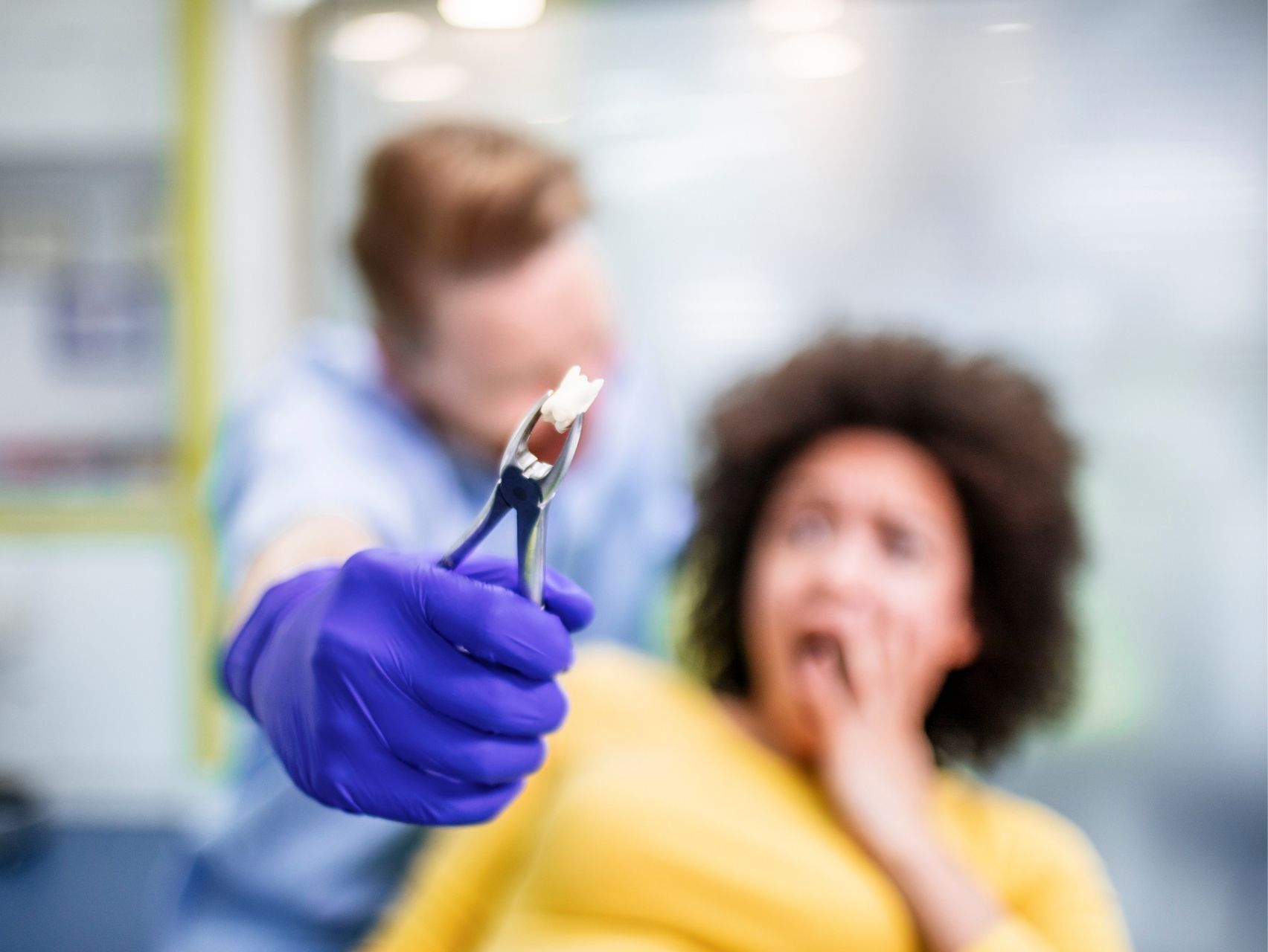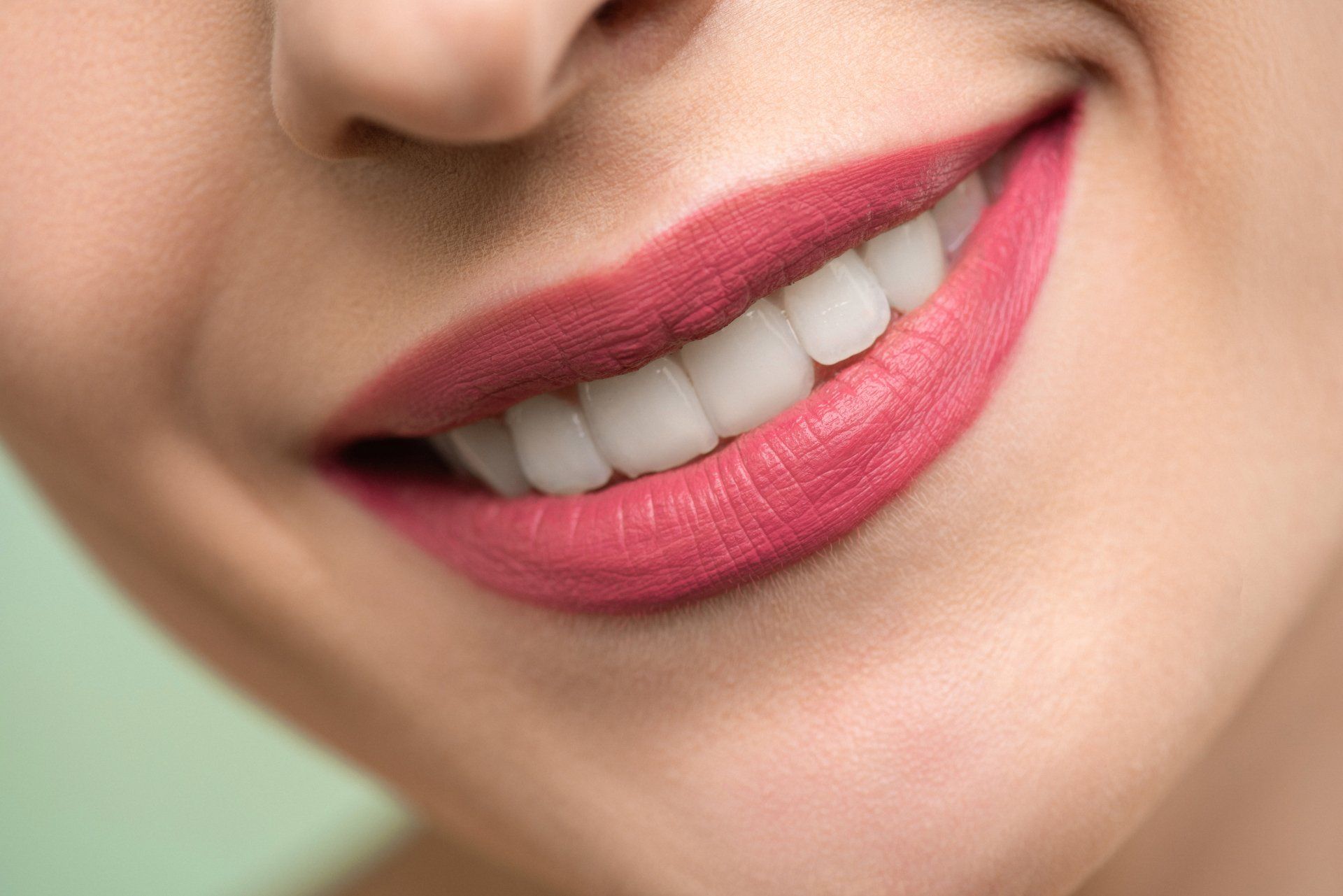McLoud Family Dental - Blog

If going to the dentist is something you dread, you are definitely not alone. A routine trip to the dentist might include an array of uncomfortable experiences, from being blinded with an examination light to being poked and prodded with sharp metal instruments. A more involved procedure like getting a tooth pulled or a cavity filled can be substantially worse. Perhaps you have thought, while a dentist drills into one of your teeth, that certainly a suspected terrorist would crack under this kind of torture. Whether your apprehension about the dentist ranges from mild anxiety to full-blown phobia, it is dramatically important for the health of your teeth that you do not avoid routine check ups and needed procedures. McLoud Family Dentistry is committed to ensuring that their patients are as comfortable as possible while being treated. Here are four ways to help overcome a fear of the dentist. Understand the Source of Your Fear Fear of the dentist is not uncommon, but the cause of that fear varies. Taking some time to try to understand what it is you don’t like about the dentist is a big step to overcoming your fear. Here are some common sources of dentist-related anxiety: Pain or discomfort– Going to the dentist is not always a pain free-experience. Even something like flossing, if not done regularly, can cause some discomfort. Previous bad experiences at the dentist– People who have experienced pain at the dentist in the past are more likely to be anxious about future trips to the dentist. Loss of control– Fear and anxiety are often triggered by situations where someone feels like they have lost control. Lying still in a dentist’s chair can certainly be one of those situations. Embarrassment– Whether it is bad breath or crooked and discolored teeth, many people feel self-conscious about having someone being in close contact with their mouth. Once you understand the source of your fear, you can talk with your dentist to make a plan to overcome those concerns. Communicate with your Dentist The professionals at McLoud Family Dentistry are trained to help patients feel as comfortable as possible. If there is a particular aspect of a routine check-up or needed procedure that makes you uncomfortable, speak up! Communicating your apprehension to those treating you will allow them to better care for you. It is possible that your treatment could be altered to make you more comfortable, or that “laughing gas” (nitrous oxide) could be employed to help reduce your anxiety. The key is letting your dentist or hygienist know, because otherwise they will not know to explore these alternative options with you. Listen to Music Listening to your favorite playlist or a good podcast can be a great way to reduce your anxiety while the dentist is working on you. Music helps many people calm down, and listening to something could also help a patient dissociate from what is going on in their mouth. The sound of the dentist’s drill is disconcerting to many, and your favorite song might go a long way to drowning it out. Be sure to ask the dentist or hygienist with you if having your headphones in is all right. Keep the volume low enough to be able to still hear them give you instructions. Remember the Benefits Going to the dentist might not always be the most enjoyable experience, but what are the alternatives? Going to the dentist twice a year is essential in avoiding serious dental problems. The dreaded cleaning every six months is a small price to pay to avoid cavities, toothaches, gingivitis, and tooth rot. Going to the dentist regularly prevents you from being forced to go to the dentist to receive treatment for significant and painful problems in the future

Everyone wants sparkling white teeth. What many people don’t know is that standard brushing and flossing is often not enough to keep teeth as white as desired. Hundreds of over-the-counter products likes whitening strips, toothpastes, rinses, and chewing gums are available, but studies have shown that many of these products don’t noticeably whiten teeth at all. The proven way to get the smile you have always wanted is through professional dental bleaching , a service that we at McLoud Family Dentistry can expertly provide to our patients. To better understand how bleaching works, lets first look at what tooth discoloration really is. Staining: What is it and how does it happen? There are two types of tooth discolorations. The first and most common type of stain is extrinsic, which means the stain is on the surface of the tooth. Foods and beverages that contain pigments called chromogens are a common culprit of extrinsic staining. Chromogens attach to the white outer layer of the teeth, making teeth appear less white over time. Coffee, sports drinks, tomatoes, and berries are common culprits behind this kind of staining. Tobacco use is another lifestyle factor that can cause unsightly tooth strains. Because extrinsic stains are on the surface of teeth, simple tooth cleaning can be an effective treatment for this type of stain. However, if left on the surface of teeth for too long, extrinsic stains can become intrinsic stains, the second type of discoloration. Intrinsic stains are under the surface to the tooth, and a brushing or polishing session will definitely not treat this type of discoloration. A number of things cause intrinsic stains, but aging is can be a common factor in developing this kind of discoloration. As we age, the hard outer white part of a tooth (called enamel) wears down, which allows yellowish colored dentin inside the tooth to become more visible. Medications, including some antihistamines and antibiotics can also discolor teeth, as well as tooth trauma other conditions. Extrinsic staining can be treated right away by bleaching, but intrinsic staining may require one or two preparatory procedures before those stains can be fully treated through dental bleaching. The Secret about Tooth Color Another aspect of tooth coloration that many people are not aware of is that in most cases, a person’s natural tooth color is best described as off-white. This does not mean that having a smile worthy of a Crest commercial is not an admirable desire; it just means you are not going to get that smile you want by brushing five times a day or swearing off coffee and marinara sauce. Dental bleaching not only removes stains, but also can lighten teeth past their normal color, allowing you to get that brilliant white smile you want. How Bleaching Works There are several techniques that we use at McLoud Family Dentistry to help patients get the smile they want. Patients have the option of choosing between hydrogen peroxide or carbamide peroxideone, both are safe, non-toxic bleaching solutions . Carbamide peroxideone is currently very popular with patients because it has fewer side effects than hydrogen peroxide, but it is also less effective than hydrogen peroxide. At McLoud Family Dentistry, we use state-of-the art laser technology for some whitening procedures. As with any procedure a patient considering bleaching will be fully informed of the pros and cons of each option by experienced professionals before treatment is started. Some patients may not be able to undergo bleaching procedures. Like teeth cleaning, bleaching is not permanent, and so a patient seeking to maintain a smile worthy of a toothpaste commercial may require routine treatments to keep their teeth the desired shade off-white. Contact McLoud Family Dentistry to find out more about our dental bleaching options and how you can get that attractive, confidence-boosting smile you have always wanted. Give us a call at (405) 964-2500 today!
